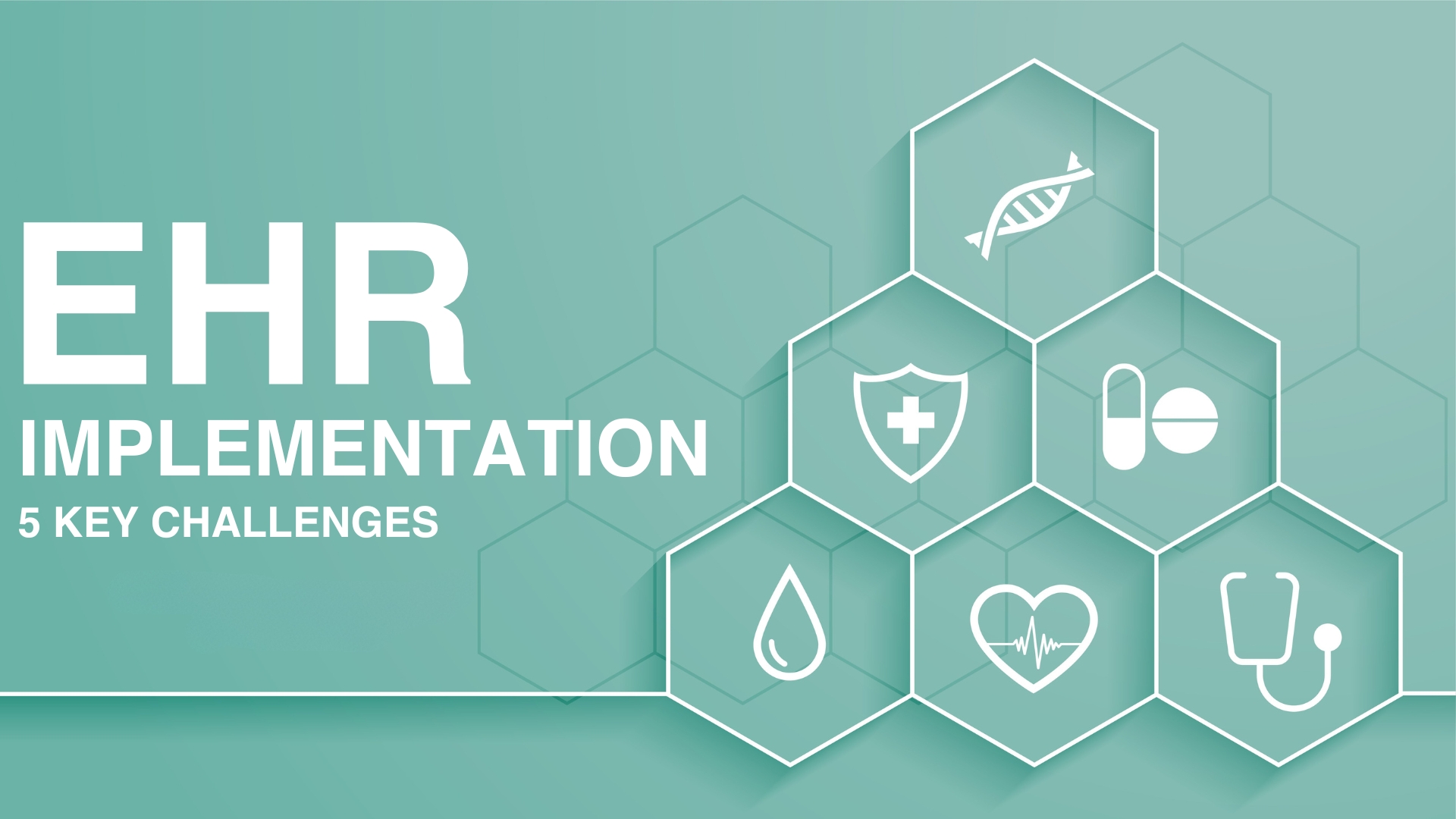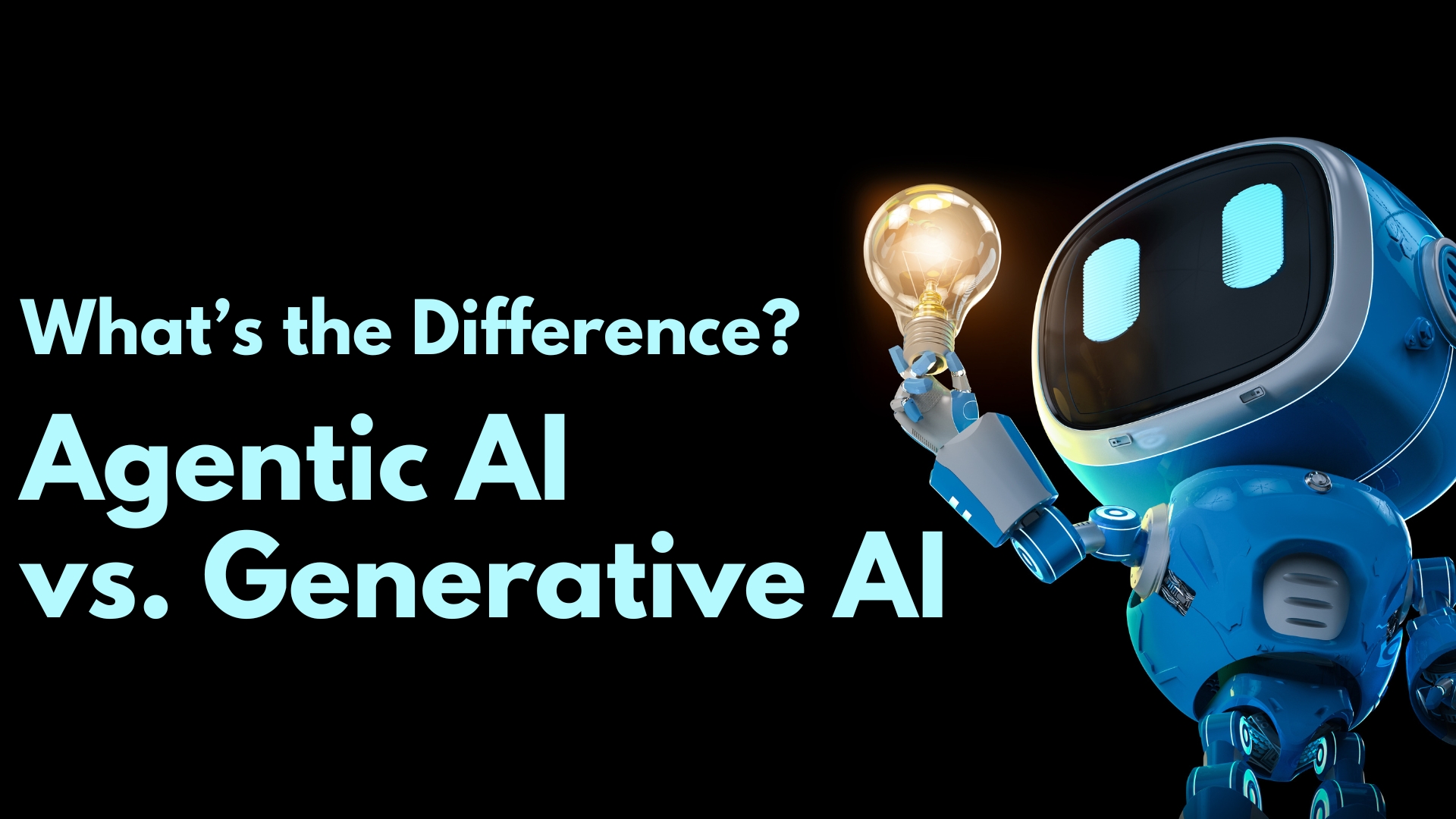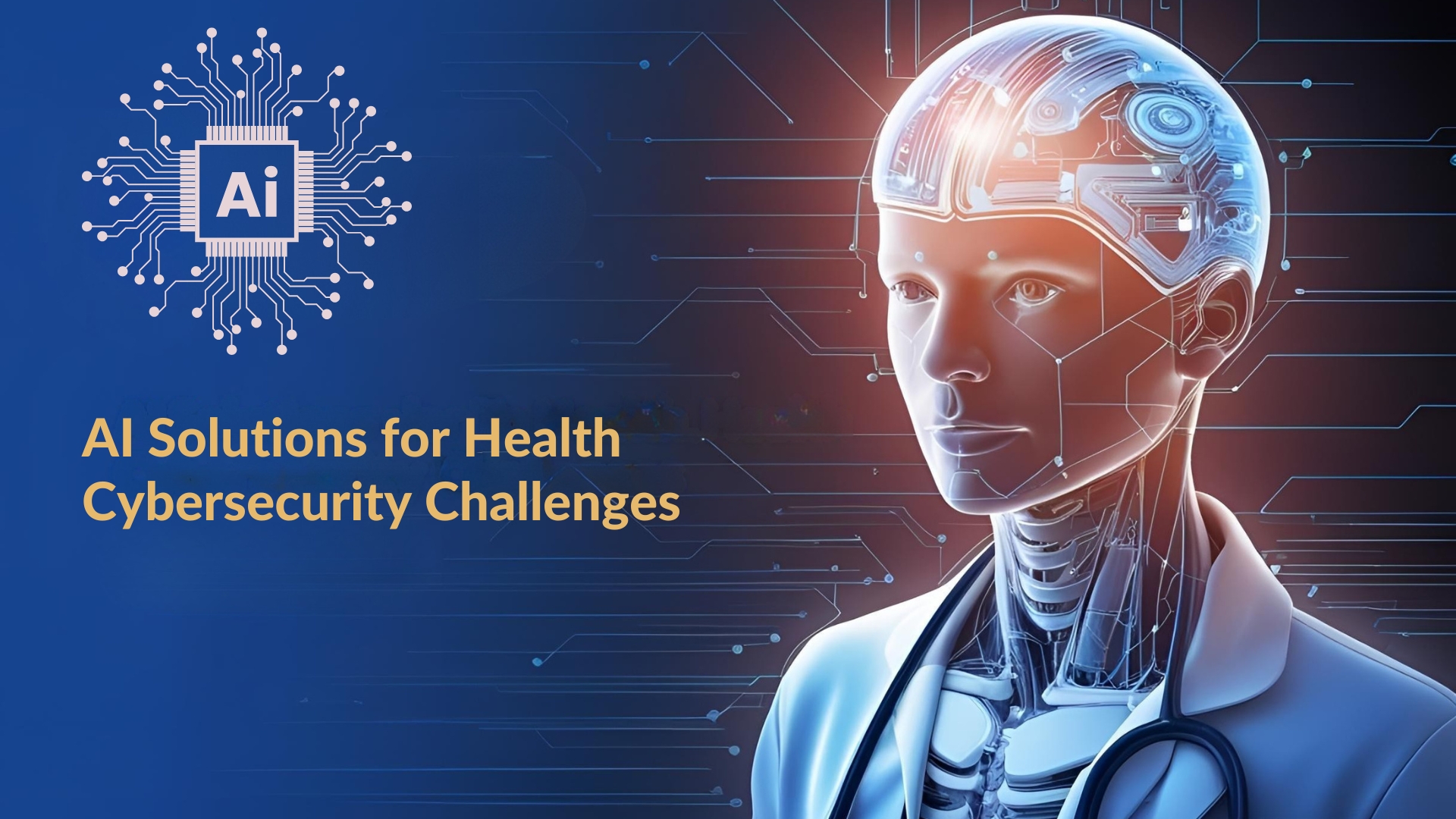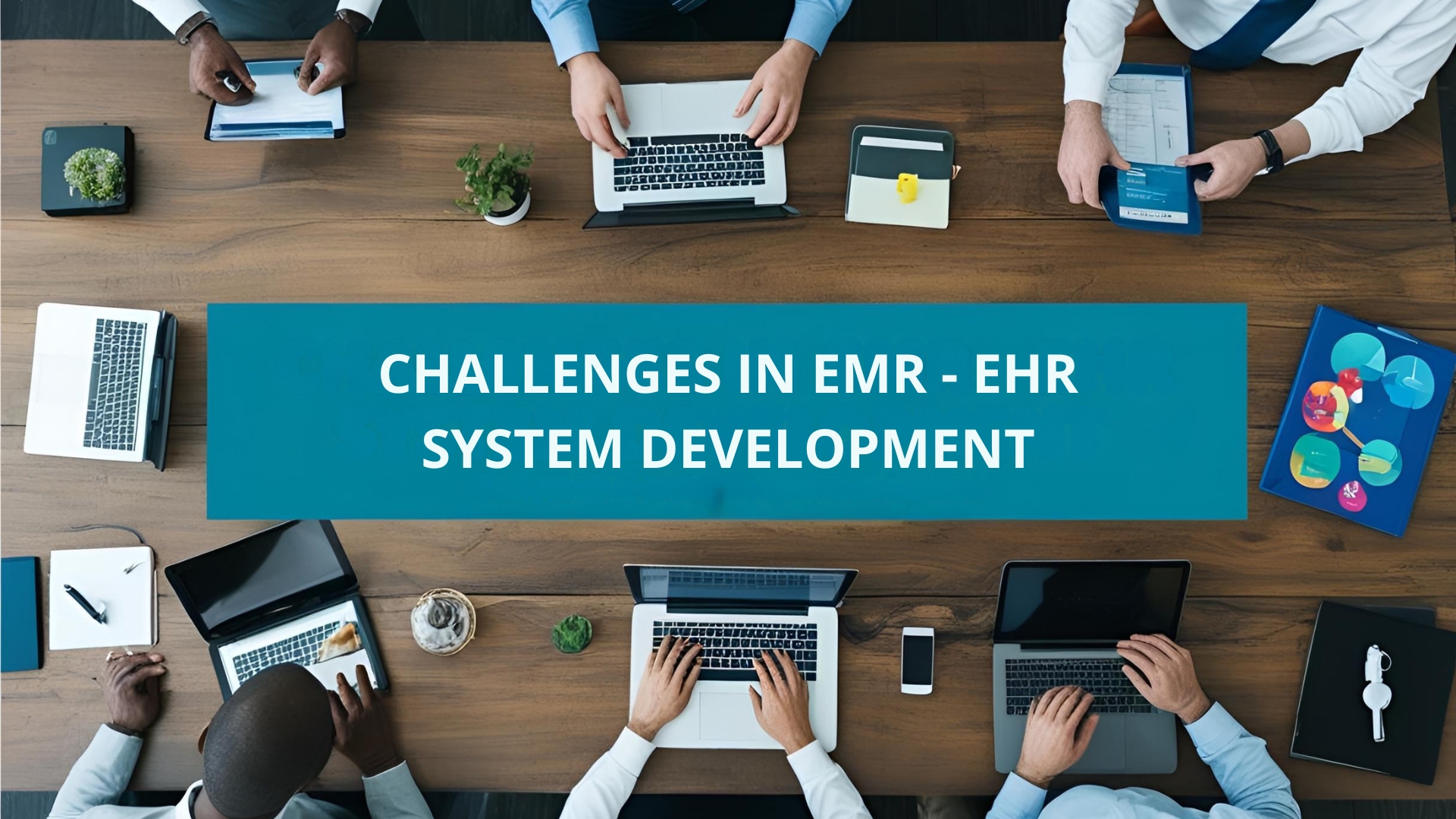Implementing Electronic Health Records (EHR) is a transformative step for any healthcare organization. Transitioning from legacy systems and paper-based records to modern health information technology can streamline workflows, improve patient outcomes, and enhance operational efficiency. However, EHR implementation challenges are common and can derail progress without proper planning.
The most common EHR implementation problems, their causes, and workable solutions will all be covered in this article. Whether you’re beginning to implement EHRs or optimizing an existing system, understanding these roadblocks is key to success.
1. Financial Constraints and Cost Management
One of the most significant EHR challenges is cost. From purchasing EHR solutions to training staff and upgrading hardware, expenses can quickly add up.
How to overcome this challenge:
- Conduct a thorough cost-benefit analysis.
- Research available funding options (e.g., government grants).
- Choose vendors that offer scalable and flexible pricing.
- Plan for ongoing costs like software updates and IT support.
2. Resistance to Change Among Staff
Fears of disruption, high learning curves, and unfamiliar workflows are some of the reasons why healthcare workers frequently hesitate to implement new systems.
How to address this issue:
- Clearly communicate the long-term benefits of EHR systems.
- Early on in the planning and selection process, involve the staff.
- Offer role-based, hands-on training.
- Share success stories to build trust and encourage adoption.
3. Inadequate Training and Support
Successful EHR implementation requires comprehensive training programs. Without them, users may struggle to adapt, leading to errors and frustration.
Strategies to ensure effective training:
- Customize training by role (nurses, physicians, admin staff).
- Include interactive simulations and real-world scenarios.
- Provide access to support resources and help desks.
- Offer regular refresher sessions post-implementation.
4. Data Migration and System Integration
It can be difficult and prone to errors to migrate patient data from a legacy system to a new electronic health record. Additionally, integration with existing healthcare technologies like billing or lab systems can be a technical hurdle.
Steps to streamline this process:
- Audit and cleanse data before migration.
- Use automation tools to minimize manual errors.
- Collaborate with IT experts for seamless integration.
- Test thoroughly before going live.
5. Ensuring Privacy and Security of Patient Data
With cyber threats on the rise, safeguarding patient information is critical. HIPAA and other privacy laws must be followed by healthcare institutions.
Best practices for data security:
- Use firewalls, encryption, and two-factor authentication.
- Limit data access based on user roles.
- Train staff in cybersecurity awareness.
- Regularly update software and conduct risk assessments.
Conclusion: Navigating EHR Implementation Successfully
Overcoming common challenges in EHR implementation requires thoughtful planning, stakeholder engagement, and investment in the right EHR solutions. By addressing issues like staff resistance, data migration, and security concerns early, healthcare providers can implement EHRs successfully.
A well-executed EHR strategy improves healthcare delivery, supports clinical decision-making, and positions organizations for future growth in the evolving landscape of health information technology.







